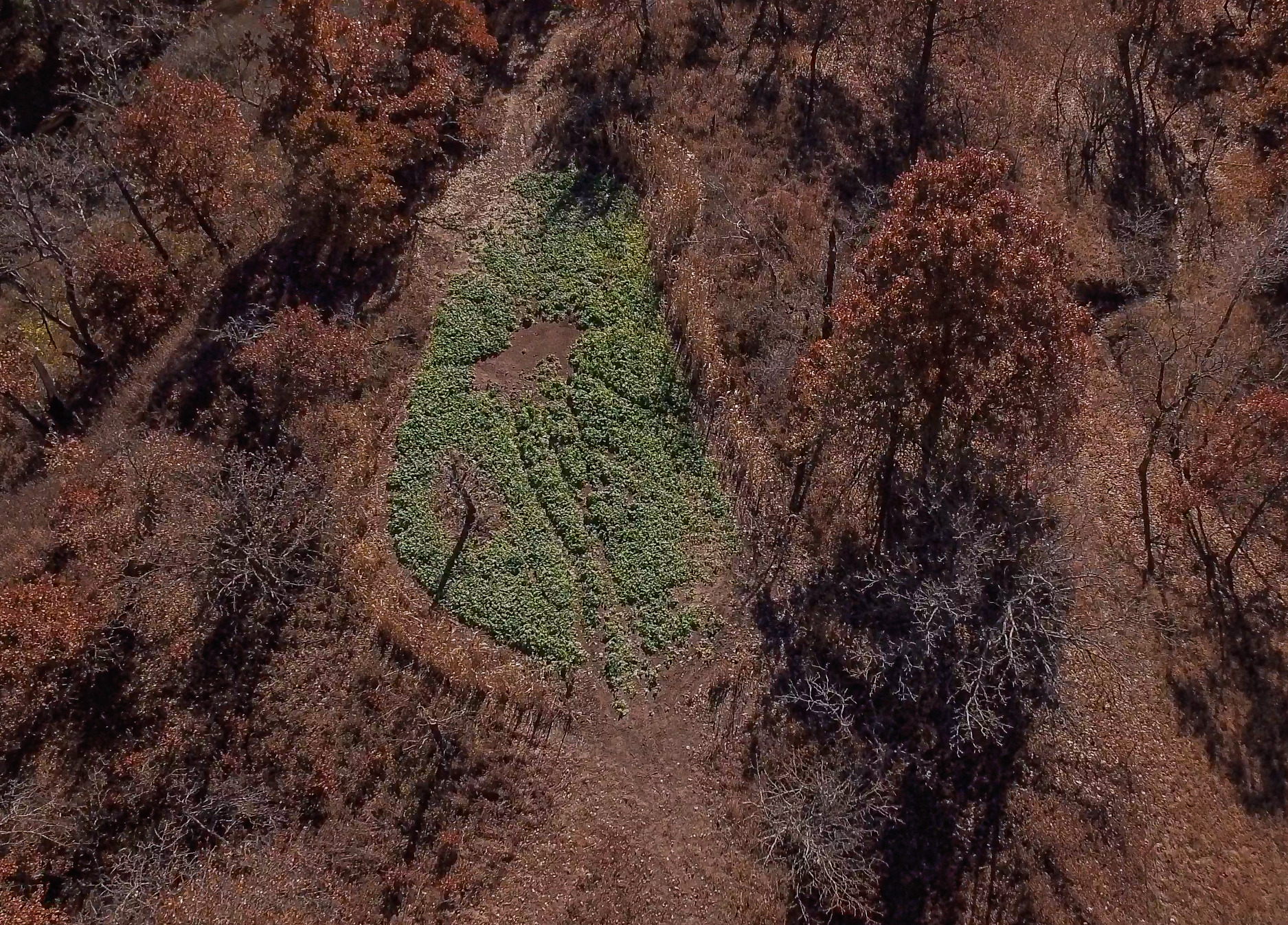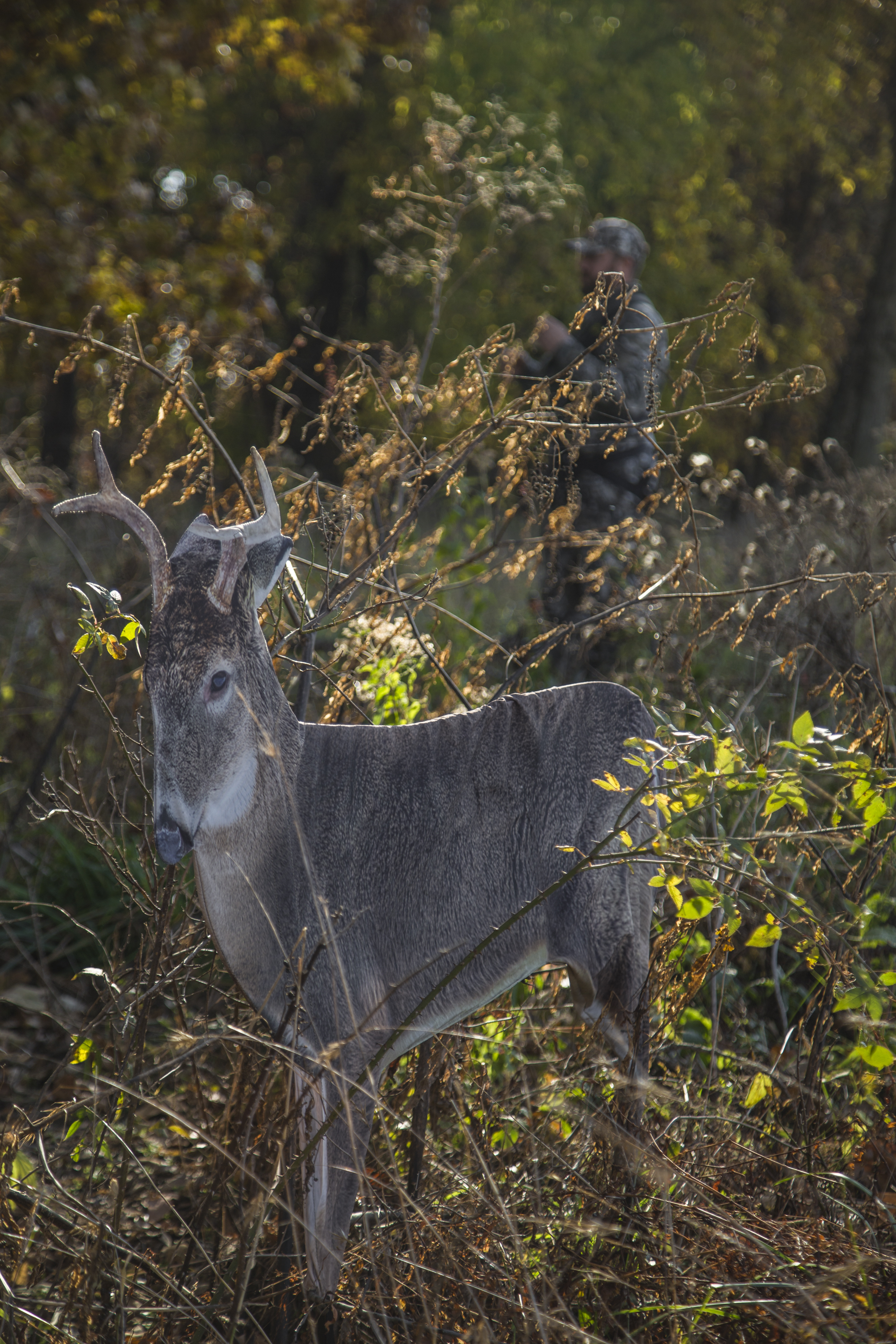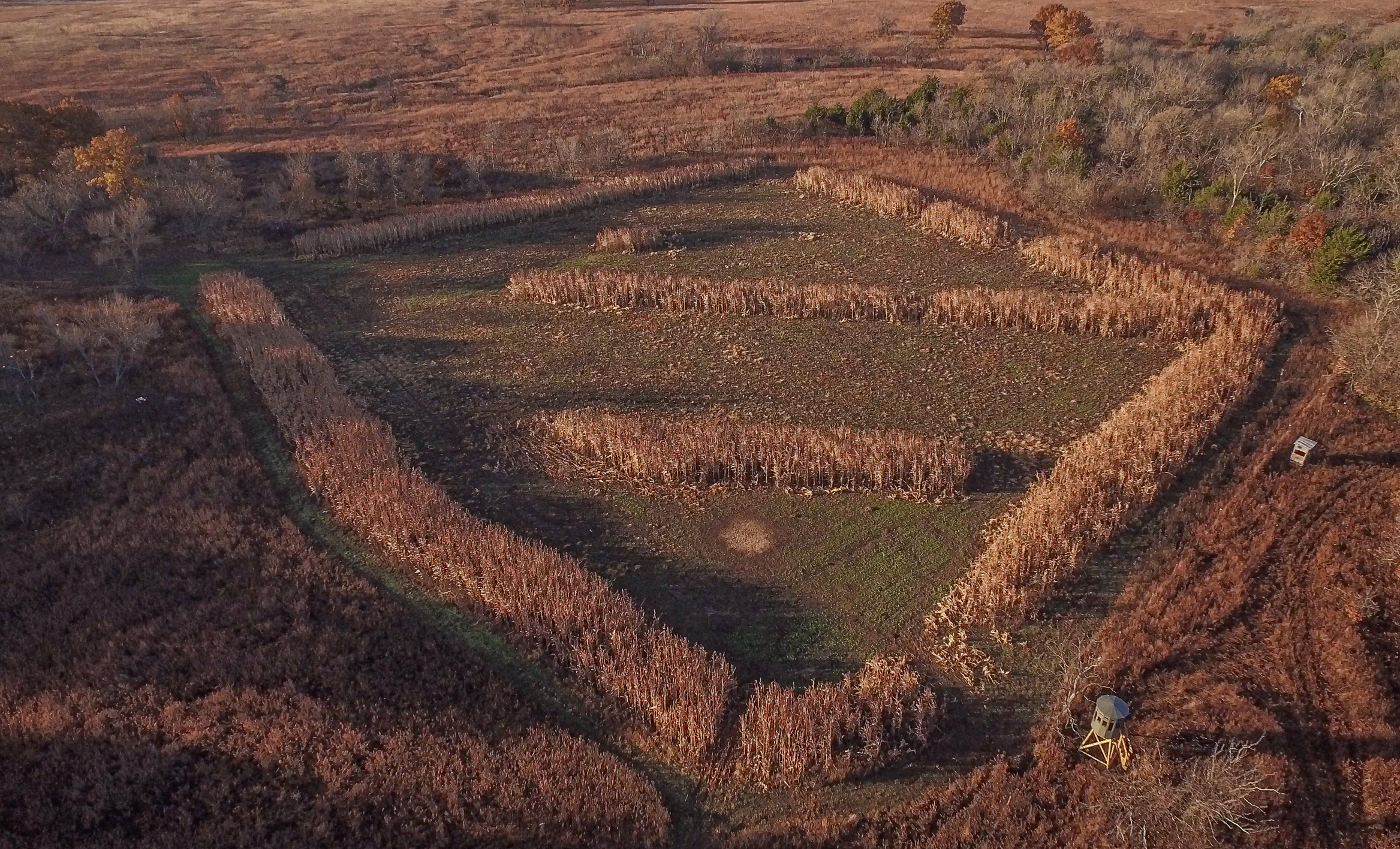Aug 12, 2020
STRUCTURE AND DECOYS IN FOOD PLOTS
Planting food plots for whitetail deer can be a fun and exciting way to strategically hunt cagey whitetail bucks, and help a hunter gain an edge they might need to bring their hit-list buck within bow range. Small food plots can be that missing link to provide quality nutrition for the deer herd during pivotal times such as pregnancy and fawning for does.
This is also true for extremely cold, post-rut conditions for bucks who have burned through all their fat stores and need vital nutrition in order to survive the winter months. Small ½ to 1 acre hidden “killer” food plots can be the perfect recipe to achieve these deer nutritional goals and affect deer movement to benefit the hunter.
“Just planting a small plot is not enough, a hunter needs to think through the planning layout of the food plot in order to maximize its effectiveness,” says Nick Percy, owner of Killer Food Plots.
Percy says planting structure in your plot is as important as picking which plant variety to put in the ground. By creating a border wall with a tall structurally strong plant like a sudan, corn, johnson grass mix, or Killer Food Plots' Border Patrol, you force bucks to actually step into the food plot to check for any prospective hot does rather than just looking over the plot and cruising by in the cover of nearby timber.
"This allows a hunter to dictate their movement and position them within bow range," says Percy. "For your bigger plots, we even suggest building walls inside the plot that create a maze-like pattern forcing deer to actually move through the plot. Remember, the more time you keep bucks on your property and moving through your food plot, the more shot opportunities you'll have compared to your neighbor.”

Another key to manipulating buck movement within these small plots, especially during the rut, is utilizing deer decoys. Placing a deer decoy enticingly in your plot and within bow range, gives a rutting buck the visual cue he needs to commit. Specifically, consider placing a doe decoy like Montana Decoy’s “Estrus Betty” around a corner of your maze and up against the structural wall of the plot. This is effective because the Estrus Betty has the appearance of a doe in estrus urinating in the plot, which immediately creates an attraction that cruising bucks can’t resist. Plus, by placing the decoy against the structure of the outer wall, you eliminated the possibility of the buck circling the decoy, getting sideways with the doe and perhaps loosing visual sight of the decoy (because of its 2D design).
This approach inevitably keeps deer engaged and drawn into a hunter’s shooting lanes. Alternatively, you could place use a combo of decoys like “Estrus Betty” and the “Freshman” buck from Montana Decoy to escalate the scenario. This is done by playing into the emotions of a rutty buck as he notices the bristled young buck decoy standing close to his potential breeding partner.

The real power of this strategy comes in the angles created by the walls and the maze-like structure planted within the food plot, which allows a hunter to manipulate the body position of deer as they move through the plot. This in turn increases shot opportunities.

Utilizing preplanned structure and decoy positions in these small food plots can really tip the scales in favor of a hunter who might just need a few more seconds or a different angle in order to harvest their buck of a lifetime.
